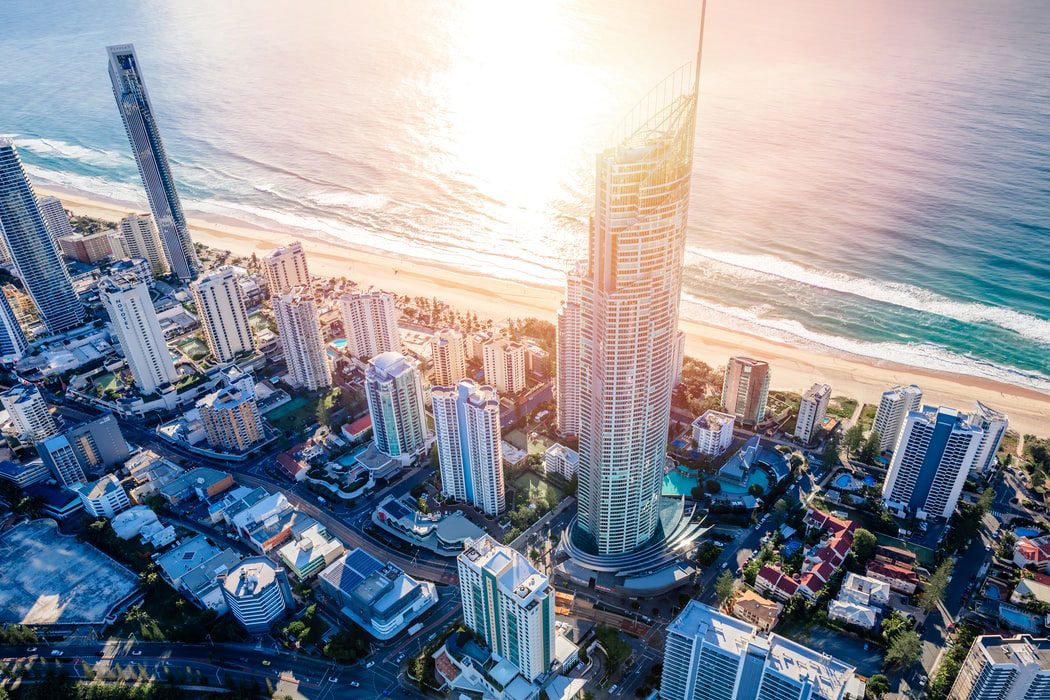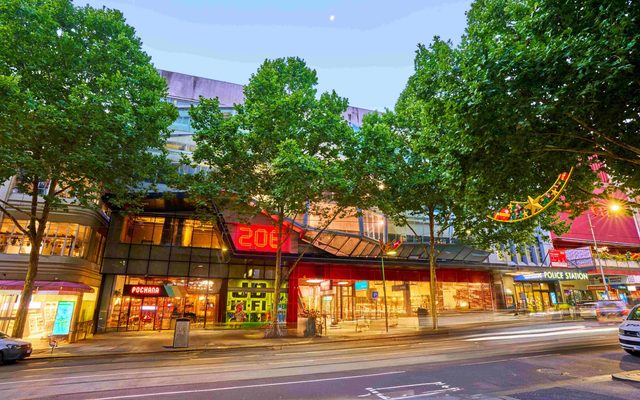This article is from the Australian Property Journal archive
WITH $20 billion infrastructure and investment headed for Queensland in anticipation of the 2032 Olympics, the Gold Coast’s property market is set up to thrive over the coming decade.
According to a new report from Colliers, the investment ahead of the Olympics when combined with the ongoing population growth and an advancing economy will see the Gold Coast outpacing the rest of the country.
“Despite the headwinds facing the residential sector nationally, the forward-looking fundamentals of the Gold Coast market are as robust as we have seen at any other time in the past two years,” said Steven King, director in charge of the Gold Coast office at Colliers.
Colliers also forecasts that the city will become the “epicentre of the post-COVID recovery for investors and national developers”, with confidence supported by the Gold Coast Metro residential vacancy rate dropping by around 50% to 0.4% over the last 12 months, compared to Sydney Metro’s 1.6% and Brisbane Metro at 0.7%.
The last decade has already seen the Gold Coast’s economy double to $39.24 billion, representing more than 10% of the total Queensland economy.
The growth of the city’s economy is being driven by the recovery of its tourism sector and well as its healthcare sector, which has become the fastest-growing Gold Coast sector over the last five years.
As a result the city is anticipated to see further growth of 5.6% expected by the close of 2022.
This in addition to the ongoing interest in the residential market from interstate lifestyle buyers, driven by the remote working trend.
“Rising interest rates will have some effect on residential demand, and we’re seeing that in Sydney and Melbourne,” said King.
“However, despite the gains we’ve seen on the Gold Coast in the past two years, property affordability remains compelling to interstate buyers who are also attracted by a city that is firing on all cylinders.”
While the forecast $20.9 billion in public and private infrastructure investment will be made up by the $5 billion Southport CBD rejuvenation, the $5 billion Gold Coast Health and Knowledge Precinct, the $2.2 billion Olympic rail infrastructure upgrade, and the $1 billion stage three extension of the Gold Coast light rail.
“The improved regional transport infrastructure will positively impact the scale and investment profile of the local property market, attracting capital from institutional investors,” said King.
The market isn’t free of risks facing the rest of the country though, with surging costs threatening to back up residential development pipelines, worsening the gap between supply and demand.
“The city’s expected population growth over the next decade will continue to drive demand for housing at a time when supply remains very tight and vacancy rates are at record lows,” added King.
The Gold Coast’s population is forecast to grow by between 145,000 to nearly 800,000 by 2032 Olympics. Meaning the market will need to make room for 14,500 new residents on average each year.
This expanding demand gap will likely be filled by apartment supply, with the median price of homes in the city increasingly unaffordable at $940,000, with Brisbane breaking the $1 million mark.
“More jobs, more people, a bigger economy, improved infrastructure and higher demand from businesses will be the key drivers of growth. Infrastructure spending for the Olympics will play a significant role in this growth, but even without this in the mix, the Gold Coast is still the best placed market for growth in Australia in the near term,” concluded King.





